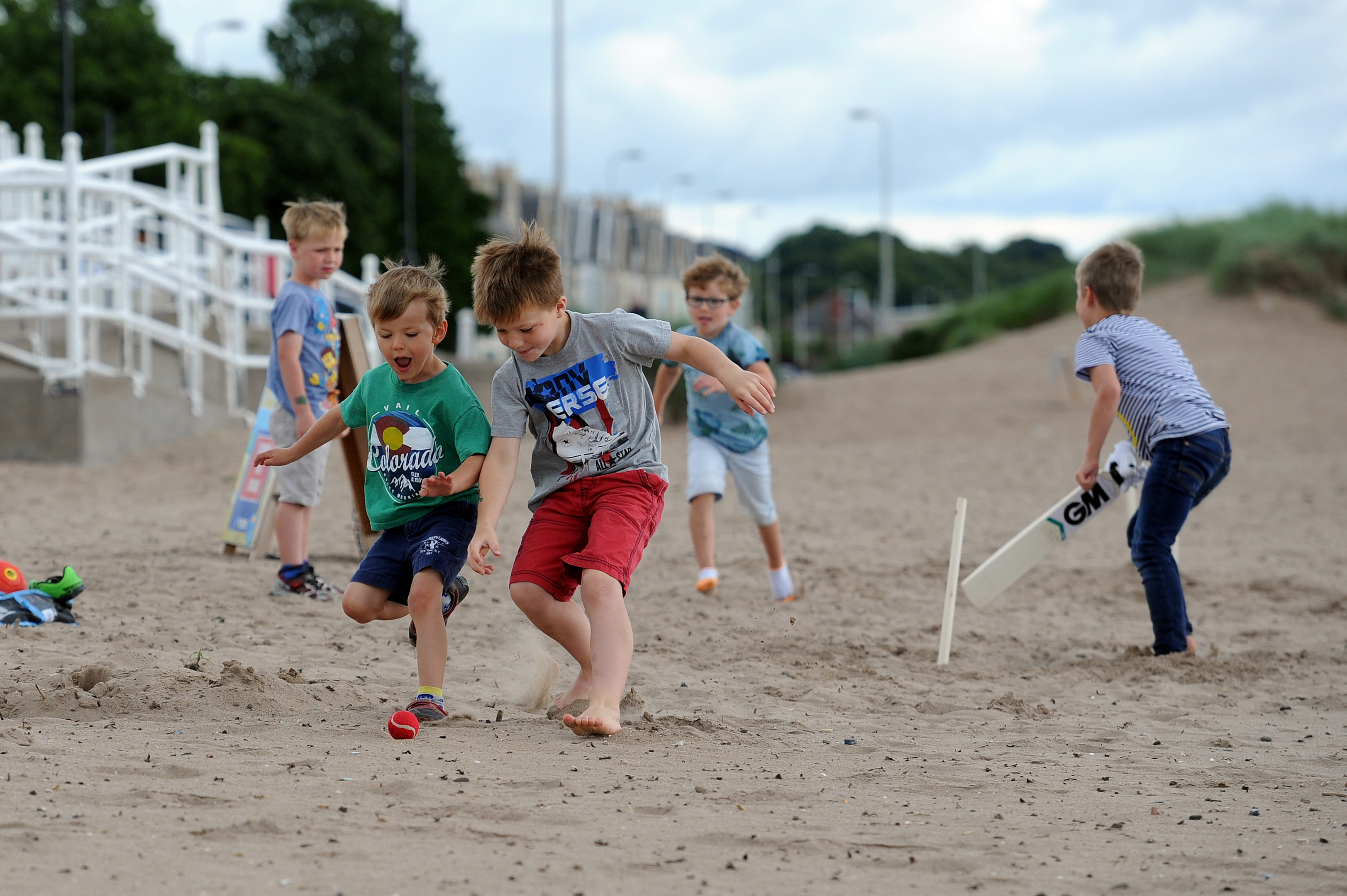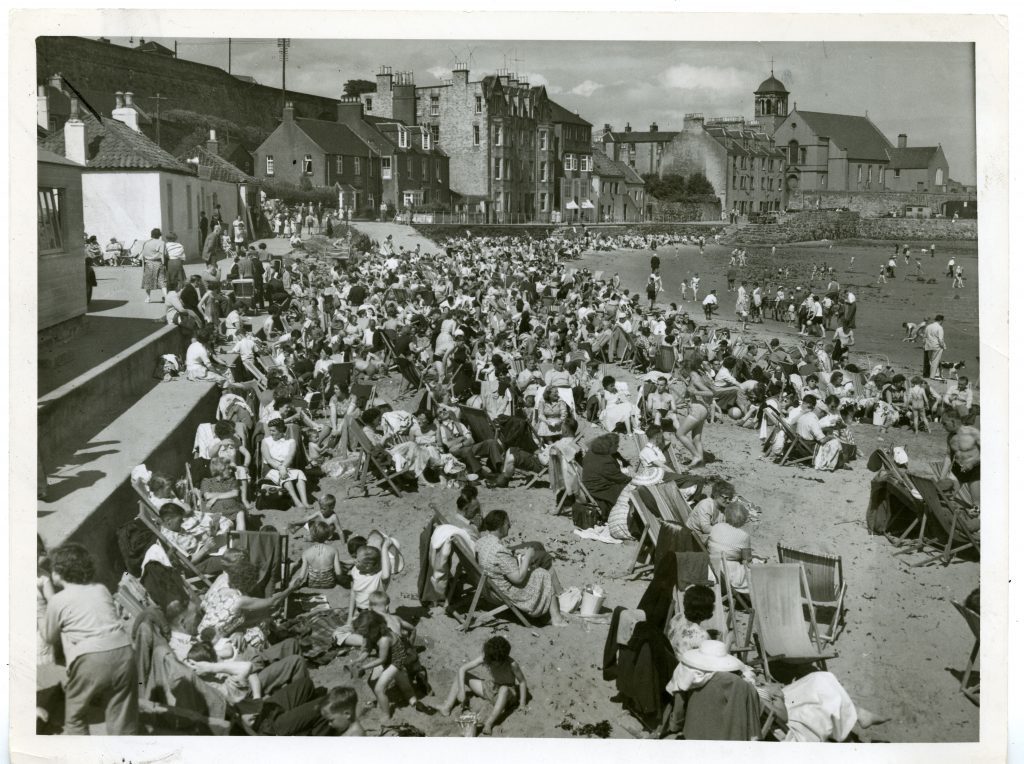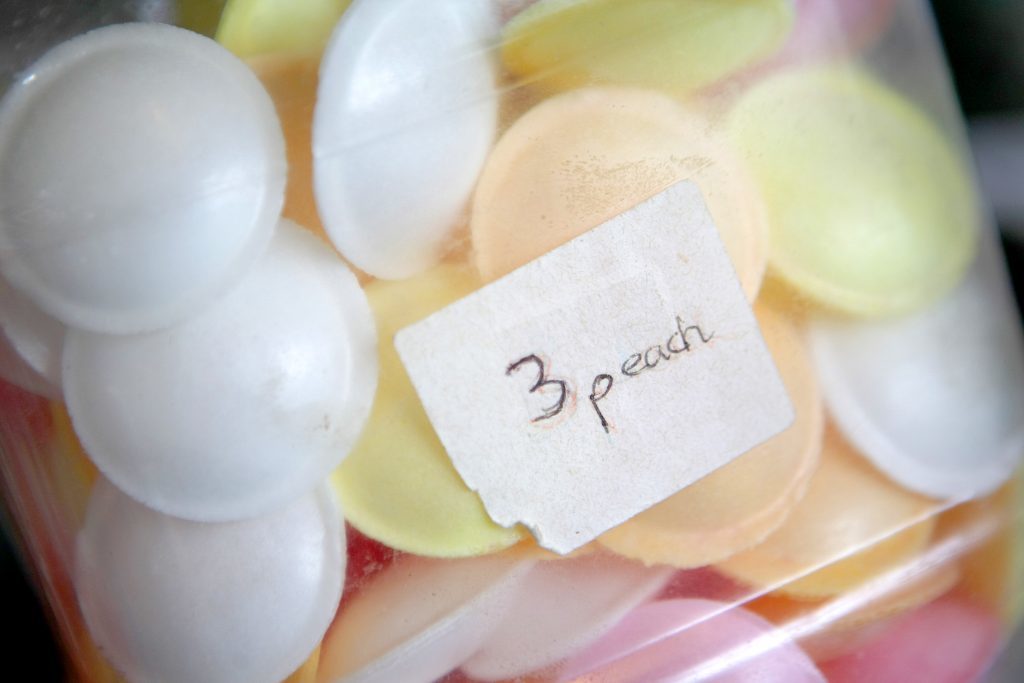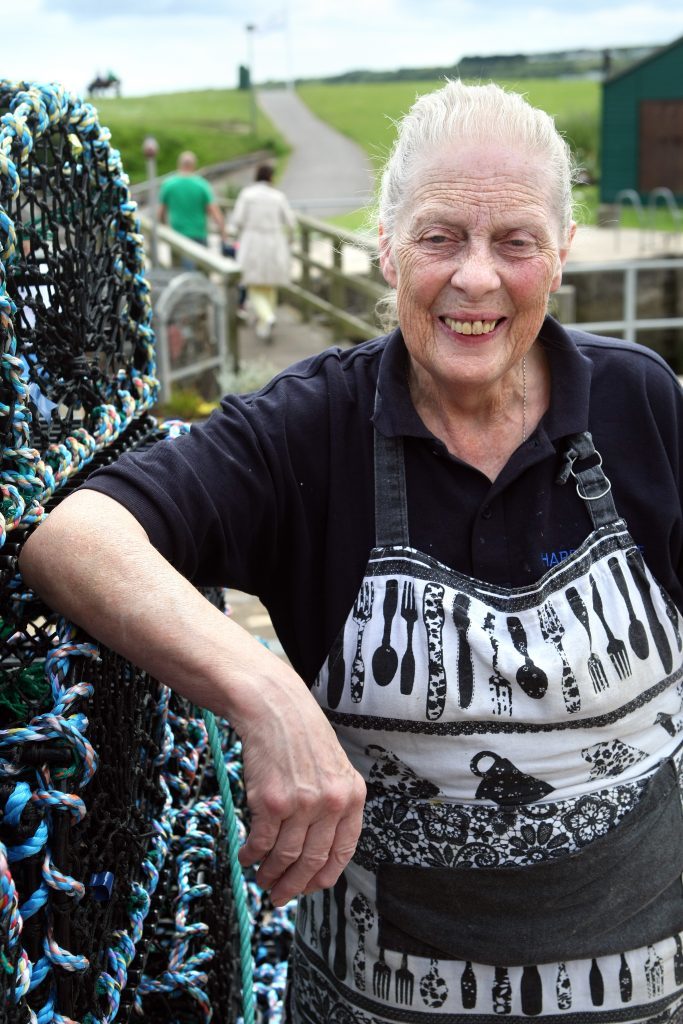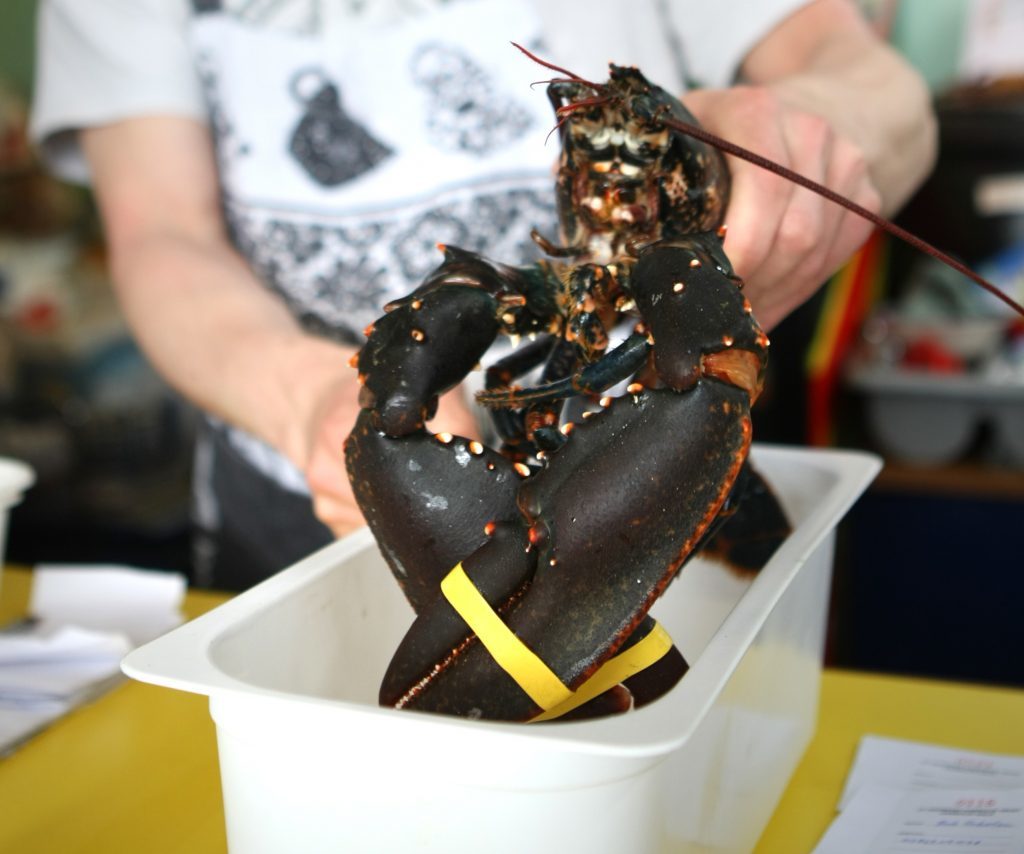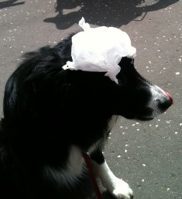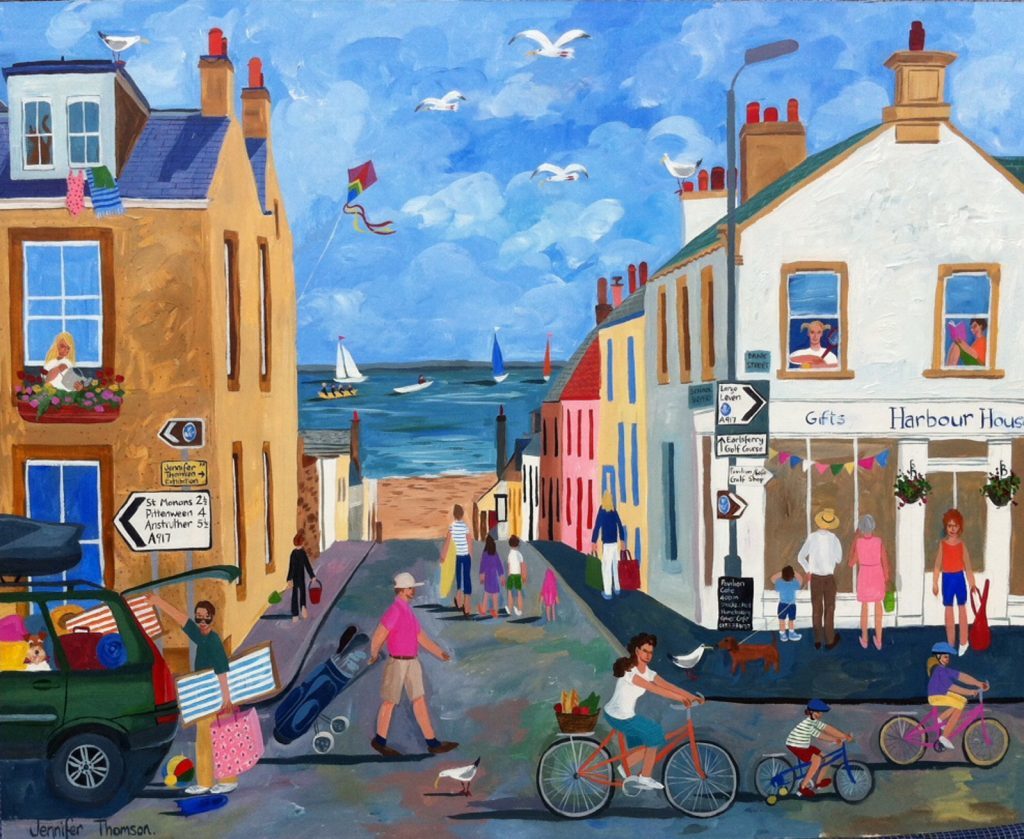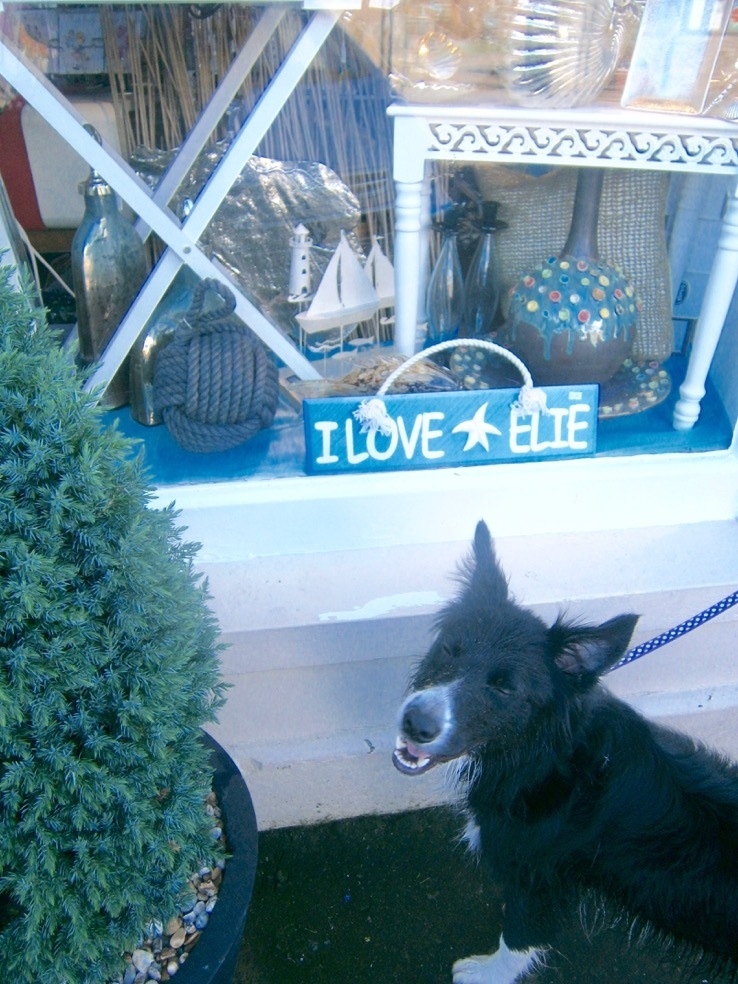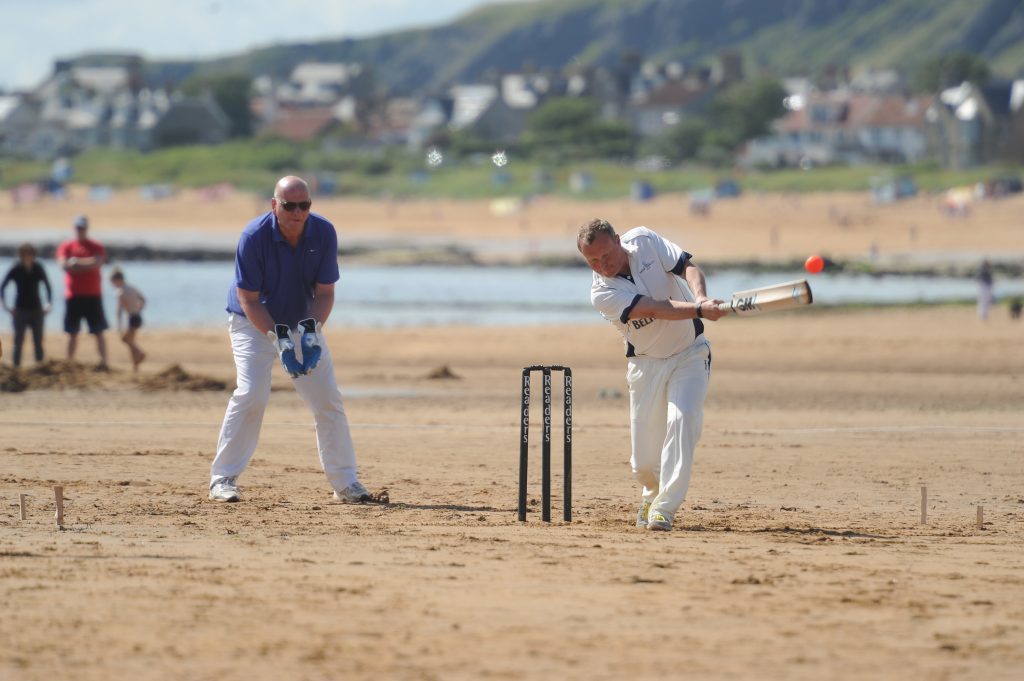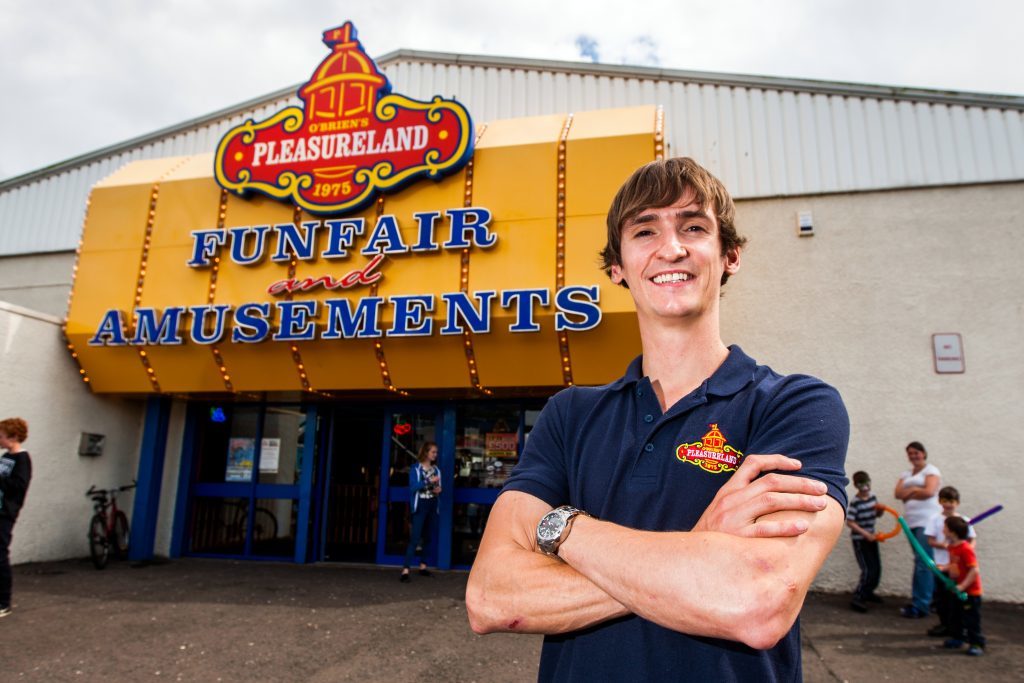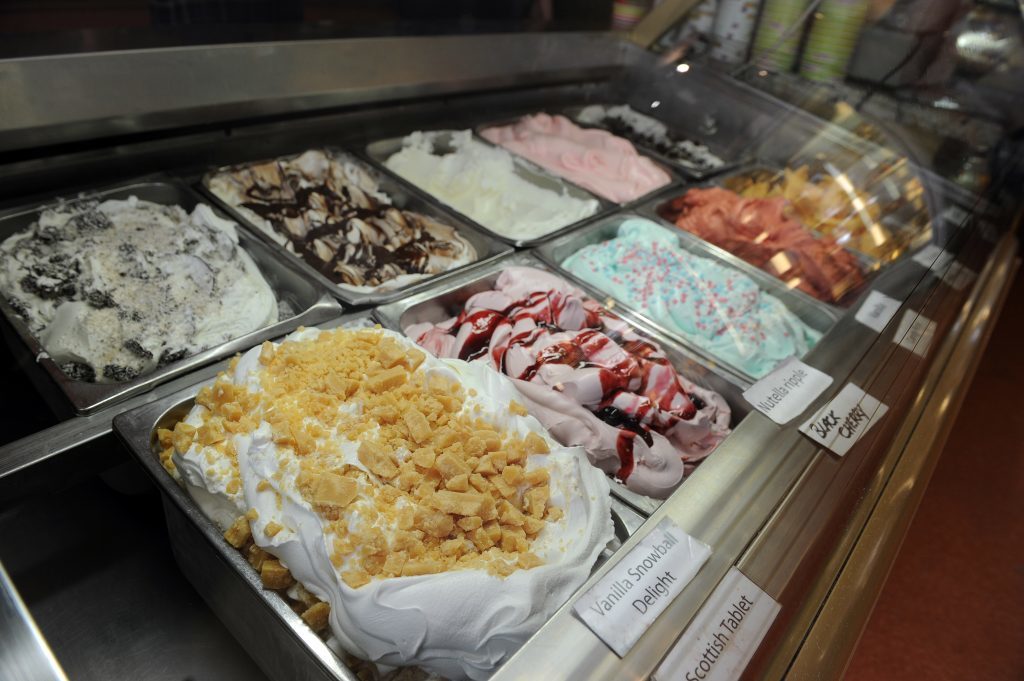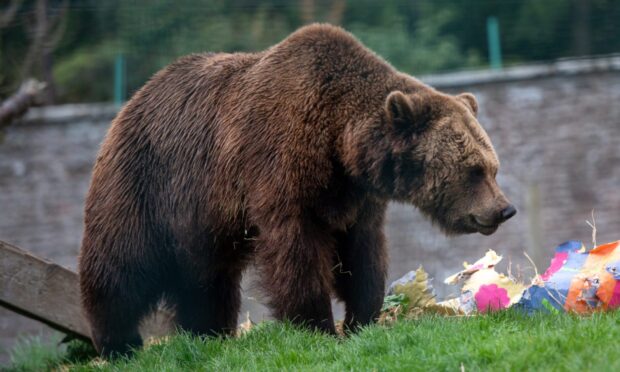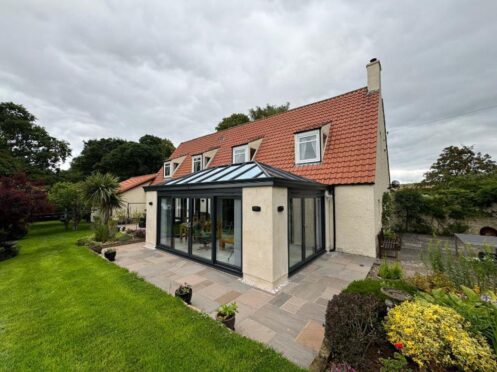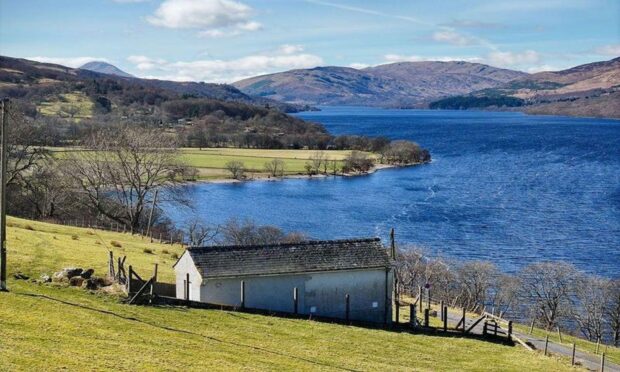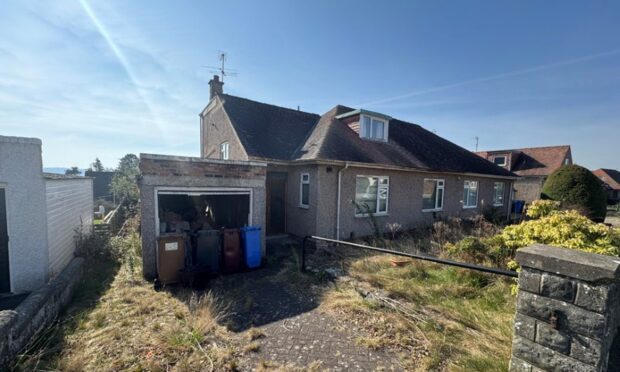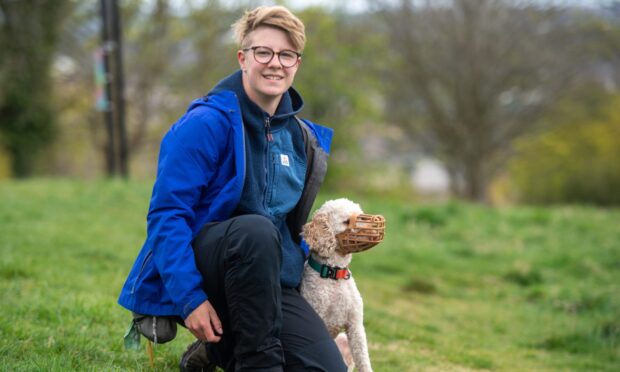Our memories of the seaside are precious, held in our hearts like the sound of waves in a shell. The sun always shone in a clear blue sky and the sea was never cold.
While the glory days of British seaside holidays peaked during the last century, when every last square inch of sand was covered in stripy deck chairs, UK beach holidays are still top of our summer wishlist, particularly in the wake of Brexit.
Mainland Scotland has more than 6,000 miles of coastline, more than 700 islands and beaches to rival the most tropical destination. And Courier Country is blessed with a plethora of stunning beaches, from Burntisland in Fife right up to Montrose in Angus. Some, like Tentsmuir in Fife, are set in beautiful nature reserves, while coastal paths wend their way along cliffs and sandy coves making many of the beaches in the area accessible by foot.
Jim Clarkson, regional director at VistScotland, has fond memories of heading to the coast as a child: “Ice cream, fish and chips and everyone in a great mood – there certainly is a traditional charm to a trip to the beach in Scotland,” he reflects.
Popping his business hat back on, he continues: “Scotland’s landscape and scenery plays an important role in tourism and our beaches are as popular as they ever were with around six million people visiting one during their stay each year.”
Pat Dodds, who has run the Harbour Cafe in St Andrews for more than 30 years (as well as manning the harbour lock gates and footbridge when required), is proud to play an important part in the town’s iconic seaside heritage. Before Pat took the cafe over, it was run by the then harbour master’s wife. Today, from her tiny kitchen, Pat is a bit of a miracle worker and offers an extensive menu including locally caught lobster and crab, and possibly the best chips in Fife. She also caters for the annual Harbour Festival and sailing club events.
The interior of the cafe is like stepping back in time. Plastic crabs crawl over old fishing nets suspended from the ceiling while a plethora of seaside toys hang from the walls – buckets and spades, beach balls and footballs, beach cricket sets and kites. A glass cabinet is filled with a medley of chocolate bars, old-fashioned pocket money sweeties and crab handlines, while the freezer is stocked with a rainbow selection of ice creams.
“There’s no such thing as typical customer here,” she explains. “We have our early morning regulars who pop in for a cup of coffee and a bacon roll, students, holiday makers and fishermen – St Andrews is a working harbour with 12 creel boats.
“A lot of people who are now in their 30s and 40s come back and say it’s all exactly as they remember it from when they were children,” she smiles. “That continuity is lovely – I think we’re all yearning to go back to simpler ways and it’s important to keep traditional seaside values alive. I like to think I’ve given my best to St Andrews although I’ve got no intention of giving it up – I’d miss it all too much!”
A few miles up the Fife coast, Elie nestles like a sparkling gem by the sea. Local artist Jennifer Thomson fell in love with the village and the surrounding area when she was teaching art at Madras College in St Andrews. “I drove there every day from Edinburgh. Sometimes I would go the scenic route and end up being a little late for my first class,” she recalls.
Her unmistakably colourfully figurative style is influenced by the Naïve Artists: “I love their simple joyful feeling of ‘all being right in the world’,” she says. “I love the seaside villages, harbours and beaches the most about Fife. I also love the peaceful atmosphere over here away from the city. Everyone seems more relaxed and happy. Most of the time I have spent in Fife has been about happy holidays, and being together with family – lovely memories.
In one of her paintings, Summer Starts Here, a family has arrived with their jam-packed car and a beach ball and flipper spill out on the road. “Capturing the first glimpse of the sea as you arrive in Elie is such a special moment,” she says. “I tried to give the seagulls in the sky a relaxed holiday feel too as if they are just going with the flow.”
Elie has an unusual claim to fame – it’s the only place in the world with a cricket club that plays cricket on the beach. Graham Bucknall, the owner of the historic Ship Inn in the village, and captain of the cricket club, explains: “When the former owner took over the pub in 1990, he instigated rugby and cricket matches on the beach and it took off from there.
“Today the cricket is inextricably tied to the pub – it’s great to have a cricket club of my own and, what’s more, I get to be captain!” he chuckles.
Matches are played roughly every second week as they’re dependent on the tide being out but if you think this is just a knock about on the beach, think again. “Teams come from all over the world and on a sunny day we’ll have hundreds of visitors.
“It puts Elie on the map – who needs the West Indies when you’ve got beach cricket, world-class views and great produce on your doorstep?”
However, seaside memories aren’t just about the beach. Kids have loved amusement arcades for decades and today’s children are no different. Pleasureland indoor fun fair and amusement arcade on the seashore in Arbroath has been a vibrant part of the town’s seaside vibe since the O’Brien family opened it in 1975.
Before that the O’Briens and their ancestors were travelling showmen and circus performers who entertained across the country so they had a pretty good idea of how to draw in the crowds with their new venture.
Todd O’Brien, manager of Pleasureland today, takes up back in time with a romantic tale. “Many years ago, James O’Brien, a travelling showman, met Vivienne Rosaire, a circus trapeze artist. As in all the best stories, they fell madly in love and courted throughout the Second World War, with James serving abroad as a sergeant.
“Their love survived the war and they married in the most glamorous of wedding ceremonies, one which included snakes, elephants and tigers as guests as well as a military sword salute from James’ army friends and colleagues,” he continues.
“The couple went on to have three children and after some years of travelling as a family with their fairground, they decided to settle in Arbroath and set up an undercover fair. It was their love of the town that finally put an end to their lives on the road and they named it Pleasureland.”
Todd, who says the best part of his job is seeing people smile and the “I don’t want to go home” tantrums, is proud that over the years Pleasureland has literally provided pleasure to thousands of local people and tourists visiting Angus. “It’s a great mix between the sights, sounds and smells of a traditional fairground and contemporary features like the bungee trampoline,” he says.
And adding to Arbroath’s vintage seaside appeal is Kerr’s Miniature Railway. Founded in 1935, it’s Scotland’s smallest gauge railway and with six miniature locomotives including two steam, miniature buses and a fire engine, kids of all ages are keen to have a ‘hurl’ along the line.
No day at the seaside is complete without an ice cream (or two) and Visocchi’s in Broughty Ferry has been serving locals and tourists alike with their delicious fare since 1954. Bringing a little piece of Italy to the town, it’s run by the Caira family, who originally hailed from Naples and Mama Antonietta’s traditional Italian recipes have been passed down through the generations, and her hearty portions never fail to please.
Marco Caira explains: “At first it was a traditional Italian shop selling ice cream and all kinds of sweets and cigarettes. But over the years we’ve had to diversify and now have a full restaurant as well as our ice creams.”
As deeply rooted in Broughty Ferry’s iconic seaside traditions as Nardinis in Largs or Mancinis in Ayr, they have a range of more than 600 ice cream flavours (though not all at the same time), all made on the premises!
“Gorgonzola was our most unusual,” says Marco. “It sold really well and people kept coming back to ask for it!”
Punch and Judy shows are a thing of the past and while there are still around 900 donkeys working the beaches in the UK, there are no longer any in Courier Country. But there’s no shortage of entertainment to be had on our beaches: water sports, sand-yachting, wildlife watching, fossil hunting and pony trekking to name but a few.
However, sometimes people just want to get away from the crowd and find a beach that takes them right back to nature.
One of the most beautiful beaches in Scotland, Lunan Bay stretches for two glorious miles and is a secluded haven on the Angus coastline.
The crumbling ruin of the 12th Century Red Castle glowers over the bay – originally built for King William ( the Lion) of Scotland to defend against Viking invaders, only part of the 15th century rectangular tower and the curtain wall survive.
The beach is popular with surfers and horse riders, and it’s also fantastic for bird watchers, with shrikes, scoters (a large sea duck), rough-legged buzzards and hoopoes – an exotic-looking bird about the size of a thrush.
And once all this fresh air gives you an appetite, you can pop into the beach diner. Modern and spacious, it’s hard to believe it originally started out 10 years ago as a horse box selling ice creams, free range eggs, and second-hand books from a horse box about 10 years ago.
“It then progressed to our little bothy where we expanded into selling some free range pork and local art work, as well as some other small local produce,” explains Cally Robertson, events co-ordinator at Lunan Leisure, which offers a bunkhouse for anyone wanting to linger in the area a little longer.
“Once the diner was built we also started serving hot meals, all home made with local produce.
“People come to Lunan Bay because of its beautiful setting. It’s a place the whole family can come and take pleasure in the simplicity of a day out at the beach,” she continues.
With so much technology at our fingertips, it’s easy to forget how much fun a day at the beach can be. People come from all over the world and often comment on the cleanliness of the beach and the azure water.”
At the Sea-side by Robert Louis Stevenson
When I was down beside the sea
A wooden spade they gave to me
To dig the sandy shore.
My holes were empty like a cup.
In every hole the sea came up,
Till it could come no more.
